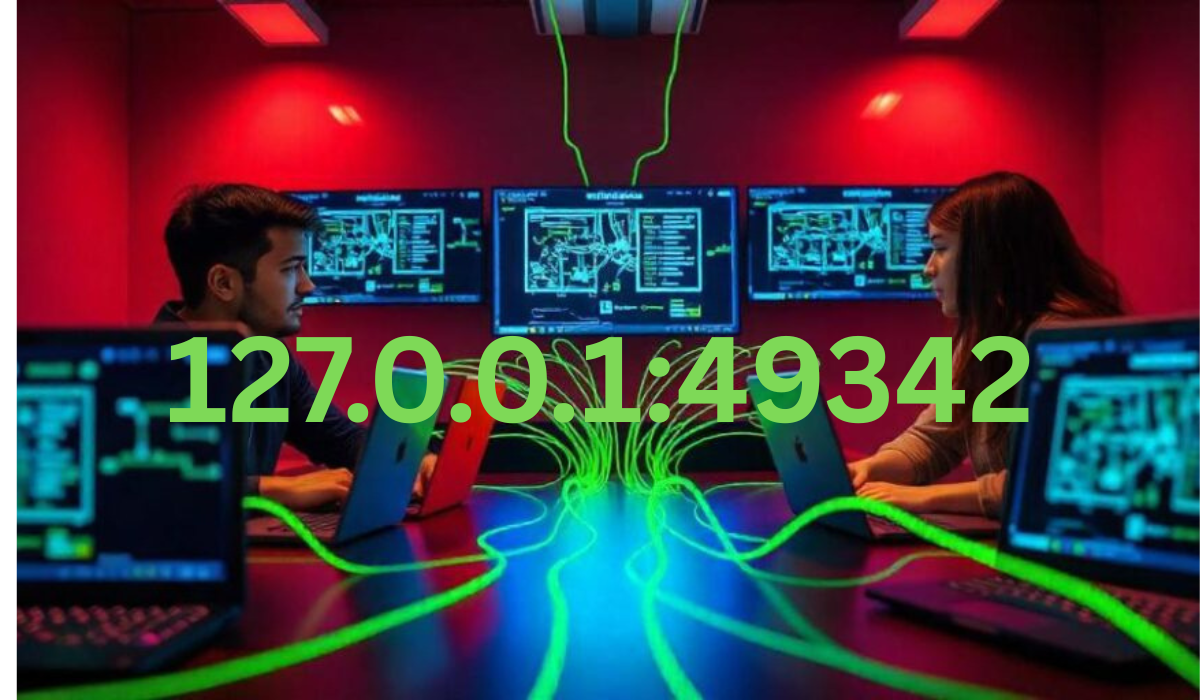Introduction
If you’ve ever worked with networking, web development, or server configurations, you might have come across the term 127.0.0.1:49342. At first glance, it looks like a random string of numbers, but it plays a crucial role in how computers communicate internally.
In this article, we’ll break down what 127.0.0.1:49342 means, why it’s important, and how it’s used in real-world applications. Whether you’re a developer, IT professional, or just a tech enthusiast, understanding this concept will give you better insight into how networking and local servers function.
What is 127.0.0.1?
Before diving into 127.0.0.1:49342, let’s first understand what 127.0.0.1 represents.
-
127.0.0.1 is known as the loopback IP address.
-
It refers to your own computer—meaning any traffic sent to this address never leaves your device.
-
It’s commonly referred to as “localhost” in networking terms.
When you access 127.0.0.1, you’re essentially telling your computer to connect to itself. This is extremely useful for testing websites, applications, and network services without needing an external server.
What Does the Port Number 49342 Mean?
Now, let’s talk about the :49342 part.
-
A port number is like a door through which data enters or exits a computer.
-
Ports range from 0 to 65535, with certain ranges reserved for specific services (e.g., HTTP uses port 80, HTTPS uses 443).
-
49342 is a high-numbered port, typically used for ephemeral (temporary) connections.
Why Would You See 127.0.0.1:49342?
You might encounter 127.0.0.1:49342 in several scenarios:
-
Development & Testing
-
Developers often run local servers (like Apache, Nginx, or Node.js) for testing web applications.
-
If a service binds to port 49342, you’d access it via
http://127.0.0.1:49342.
-
-
Debugging Applications
-
Some software (e.g., databases, APIs) may use dynamic ports for internal communication.
-
Debugging tools might display 127.0.0.1:49342 when inspecting network traffic.
-
-
Malware or Unauthorized Connections
-
Occasionally, suspicious processes may open random high-numbered ports.
-
If you see unexpected connections to 127.0.0.1:49342, it’s worth checking running processes (using
netstatorlsof).
-
How to Check if Port 49342 is in Use
If you’re curious whether something is running on 127.0.0.1:49342, here’s how to check:
On Windows:
-
Open Command Prompt (Win + R →
cmd). -
Type:
netstat -ano | findstr "49342"
If a process is using the port, you’ll see its PID (Process ID).
On macOS/Linux:
-
Open Terminal.
-
Run:
lsof -i :49342
This will show which application is using the port.
Common Uses of High-Numbered Ports Like 49342
Ports above 49152 are usually dynamic/private ports assigned temporarily. Here’s why they’re used:
-
Application Testing: Developers use random high ports to avoid conflicts with system services.
-
Internal Services: Some apps (like MongoDB, Redis) may use dynamic ports if default ones are busy.
-
VPN & Proxies: Some tools create local tunnels on high-numbered ports.
Security Implications of 127.0.0.1:49342
While 127.0.0.1 is internal, unexpected port activity could indicate:
-
Malware: Some viruses open local ports for command-and-control communications.
-
Unauthorized Apps: A poorly configured app might expose services unintentionally.
How to Stay Safe:
-
Regularly check active ports (
netstat -anoorss -tulnpon Linux). -
Use firewalls to block unnecessary inbound/outbound traffic.
-
Monitor suspicious processes in Task Manager (Windows) or Activity Monitor (Mac).
Conclusion
127.0.0.1:49342 might seem like a random combination, but it’s a fundamental part of networking. Understanding loopback addresses and port usage helps in debugging, development, and security monitoring.
You May Also Like:





